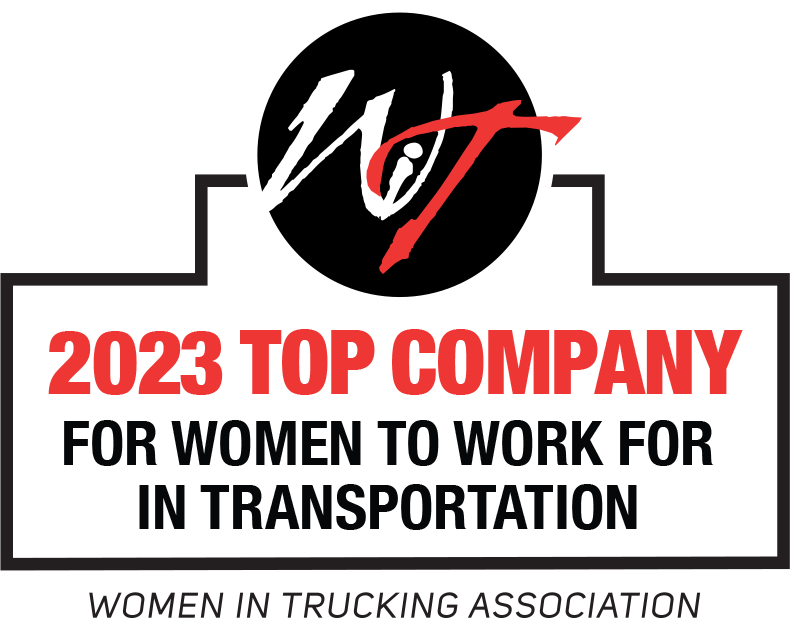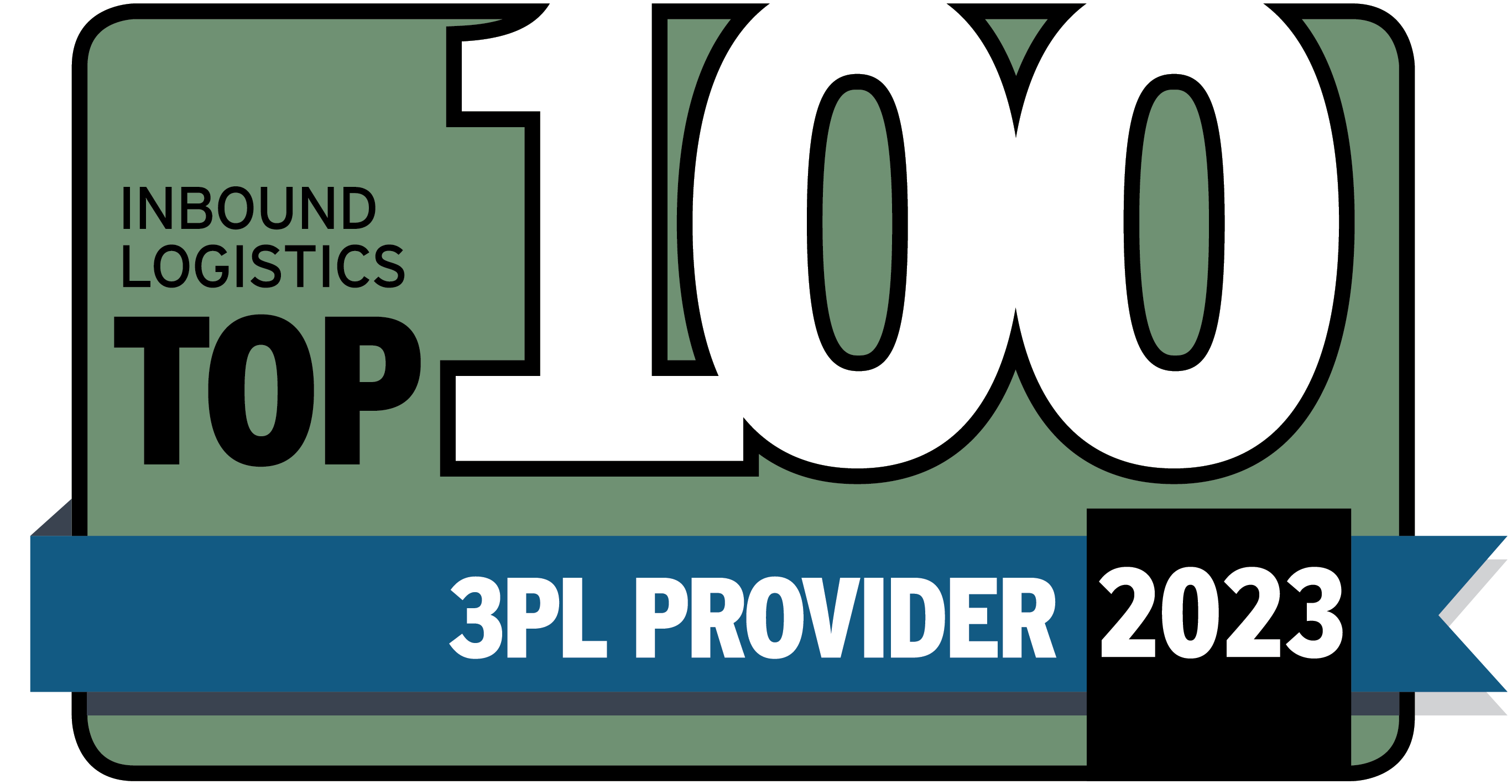Are you familiar with the game “Two Truths and A Lie”?
It’s an entertaining activity that requires each player to make three statements about themselves – two that are true and one that’s a deliberate falsehood – and then seeing if people can figure out which is which.
Here at AFS, we’ve taken the liberty of creating our own version. Except the things we’re sharing during each round of play aren’t about us. They’re about effective ways to mitigate high parcel costs.
We hope you’ll enjoy playing it as much as we’ve enjoyed putting it together because it will be the start of truly meaningful parcel savings for you and your company in the months ahead.
Round One: Which one of the following statements doesn’t ring true?
1) Now that parcel volumes are down, FedEx and UPS have begun to reduce many of their rates and surcharges.
2) UPS has announced record General Rate Increases (GRIs) and other cost increases for several years in a row.
3) FedEx has announced record GRIs and other cost increases for several years in a row.
Answer: 1
Round Two: Can you tell which of these statements is falser than it appears?
1) UPS’ published rates, dimensional weight (DIM) factors and surcharges are negotiable.
2) FedEx’s published rates, DIM factors and surcharges are negotiable.
3) Both carriers’ sticker prices are set in stone.
Answer: 3
Round Three: Which one of these general cost-cutting pieces of advice wouldn’t pass a polygraph?
1) Accepting a Guaranteed Service Refund (GSR) waiver is one of your best bets for achieving meaningful parcel cost savings.
2) One of the smartest ways to lower your parcel expenses is to audit your carrier invoices more consistently.
3) Conducting a service level optimization analysis could help you find significant opportunities to reduce parcel expenses by switching to less costly parcel services.
Answer: 1
Round Four: One of these three invoicing observations doesn’t add up. Which one is it?
1) It’s not uncommon for delivery drivers to accidentally mark a commercial delivery as residential instead, which means that some of the residential delivery surcharges on your invoices could be erroneous.
2) Carrier invoices don’t always reflect all of the favorable terms and discounts that a company has negotiated for (like base rates, tiered discounts, waived surcharges or allowable accessorial fees), a fact that could result in higher-than-merited parcel expenses for your company.
3) As a rule, parcel carriers’ invoices are highly accurate.
Answer: 3
Round Five: Find the statement that offers deceptive dimensional advice.
1) It’s a good idea to periodically bring in a package engineer to help examine the possibilities for making your packages smaller, especially now that new right-sizing technologies and services exist.
2) Only UPS and FedEx use dimensional pricing, so if your dimensional costs are getting out of hand, just switch to the U.S. Postal Service or a regional carrier instead.
3) “Small” things like labels or pieces of tape that are extra-thick dangling off your packages’ sides, could be increasing your dimensional charges more than you might think.
Answer: 2
Round Six: Choose which of these DIM facts is actually DIM fiction.
1) It’s possible for two very similar companies to have two very different DIM factors.
2) Sometimes it’s better to have a higher DIM factor than it is to have a lower base rate, especially if you have lightweight but large-sized packages.
3) DIM factors are highly consistent from shipper to shipper, so it probably isn’t worth your time to try to negotiate a better one.
Answer: 3
Round Seven: One of these three general pieces of contractual guidance is highly exaggerated. Can you tell which one it is?
1) When deciding which contractual discounts to aim for, the best choice is usually a straight rate reduction.
2) Be wary of any special amendments or addendums to your contract that seem to offer extra rate reductions or eliminated surcharges with no strings attached. You may be committing yourself to a contract extension that delays your ability to negotiate lower rates or switch to a lower-priced carrier later down the line.
3) Get to know your parcel carrier account rep. He or she usually has more authority to find your discounts, offer you financial incentives or waive certain fees than you might think.
Answer: 1
There’s far more to this story of course – including statements we could make about everything from taking care of your own address corrections to training your fulfillment professionals to be more parcel savvy.
But for now, we’ll leave you with this. If you’d like more information about any of the legitimate parcel cost-cutting pieces of advice we’ve mentioned above, give us a call. We’re proud to have helped numerous companies like yours find significant and varied opportunities for parcel savings and would love to do the same for you. And that’s no lie.










